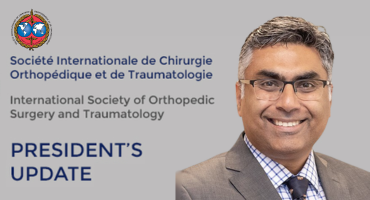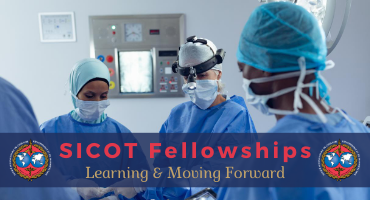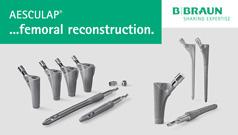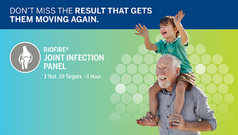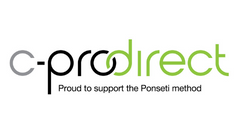Acute Haemophilus influenzae infection complicating a closed humeral shaft fracture in a pregnant young female: A case report
Injury. 2025 Aug 15;56(10):112684. doi: 10.1016/j.injury.2025.112684. Online ahead of print.
ABSTRACT
BACKGROUND: Humeral shaft fractures are common in young adults following high-energy trauma. While open fractures often result in infections, infections in closed fractures are rare, making such cases particularly challenging to manage when they occur.
CASE PRESENTATION: We report a unique case of a 25-year-old pregnant female who sustained a closed humeral shaft fracture after a high-energy injury. Although there was no initial open wound, a purulent infection was discovered at the fracture site during surgery a few days after the injury. Cultures identified Haemophilus influenzae as the causative organism. This report details the management of the fracture and associated infection, highlighting the diagnostic challenges and therapeutic steps taken to address this acute osteomyelitis-like infection in a closed fracture.
DISCUSSION: This case represents the first documented instance of an acute Haemophilus influenzae infection in a closed adult humeral fracture, a pathogen traditionally associated with pediatric respiratory infections. Contributing factors may have included the patient's complex medical and social background, including pregnancy, polysubstance abuse, homelessness, and the use of immunomodulatory medications. This case highlights the importance of heightened vigilance, the need for modifications in surgical decision-making, and possibly revised empirical antibiotic protocols in the management of closed fractures in immunocompromised patients.
CONCLUSION: Acute infections in closed humeral fractures, though rare, pose significant diagnostic and therapeutic challenges, particularly in immunocompromised individuals. This case prompts a reconsideration of management strategies in similar contexts, advocating for a broad differential diagnosis and tailored antimicrobial strategies to address atypical pathogens in complex clinical scenarios.
PMID:40848688 | DOI:10.1016/j.injury.2025.112684







